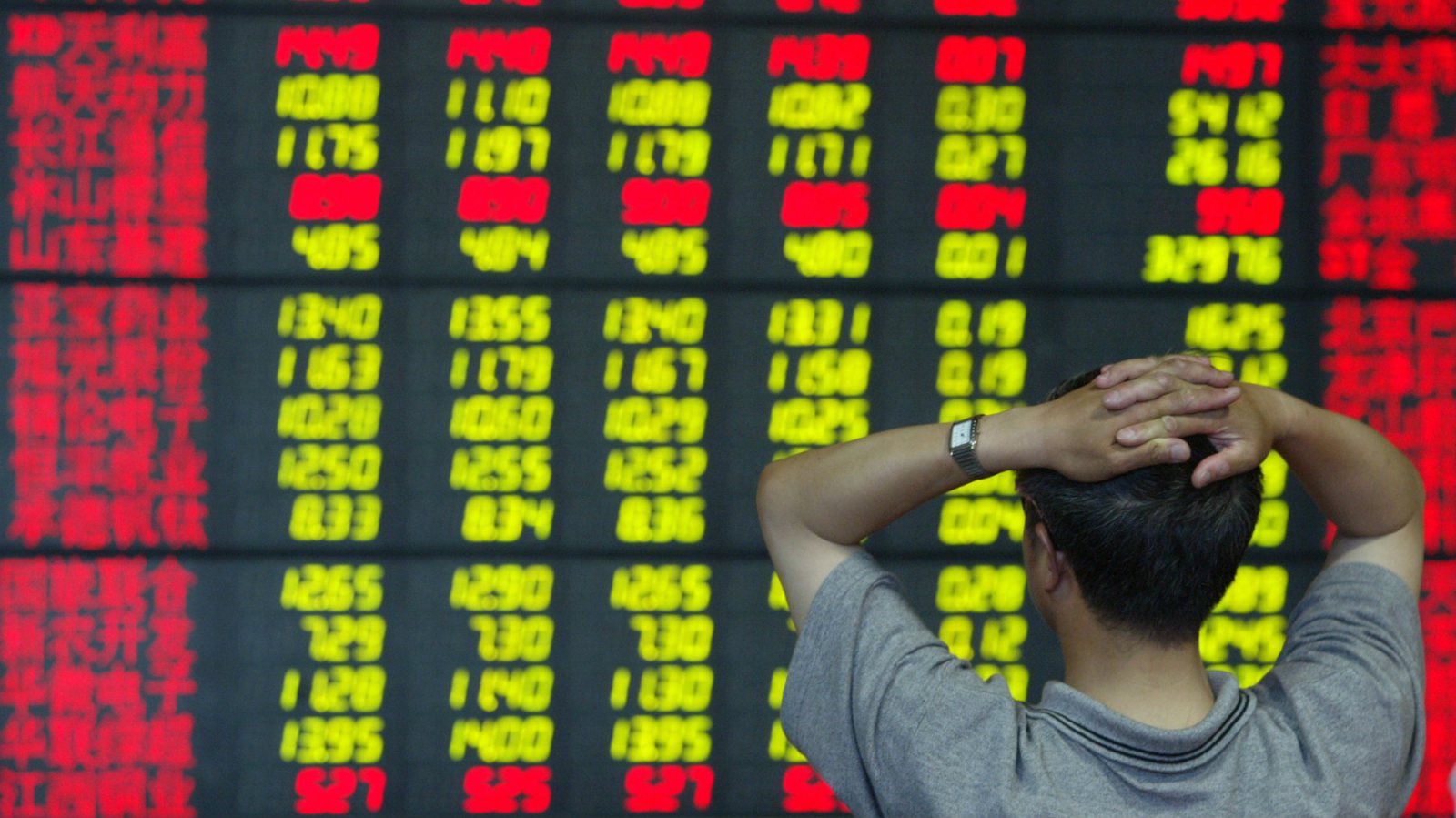U.S. stock markets plunged, with the Dow Jones Industrial Average falling more than 1,100 points, after the Federal Reserve reduced its number of expected interest rate cuts in 2025.
All three major indices in the U.S. – the blue-chip Dow, the benchmark S&P 500, and the technology-laden Nasdaq – dropped sharply in afternoon trading on Dec. 18, with the Nasdaq losing 3% of its value.
The plunge occurred after the U.S. Federal Reserve signaled that it was likely to only cut interest rates twice next year, down from four rate cuts forecast previously.
The revised outlook came as the American central bank lowered its trendsetting overnight interest rate by 25-basis points, a move that was widely expected by markets.
The Fed Funds Rate is now in a target range of 4.25% to 4.50%. While the latest rate cut was widely expected, the outlook for 2025 has gotten less certain, throwing markets for a loop.
In speaking to the media, Federal Reserve Chair Jerome Powell said, “We’re at 4.3% — that’s meaningfully restrictive and I think it’s a well-calibrated rate for us to continue to make progress on inflation while keeping a strong labour market.”
Powell added that the central bank likely needs to “be more cautious as we consider more adjustments to our policy rate.”
Until now, markets had been betting on the central bank remaining aggressive in lowering borrowing costs, which affects what companies pay to raise capital and how much consumers pay for a house or car.
The market reaction to the change in outlook was swift and dramatic.
The Dow Jones Industrial Average fell 1,123.03 points, or 2.58%, to 42,326.87. It was the 10th consecutive losing day for the Dow, its longest decline in 50 years (since 1974).
The S&P 500 declined 2.95% to 5,872.16 and the Nasdaq Composite lost 3.56% to reach 19,392.69 as the tech-heavy index saw losses pick-up towards the end of the trading session.
At the same time, Treasury yields jumped following the Fed’s cautious outlook, further pressuring equities. The 10-year Treasury yield rose more than 13 basis points to 4.50%.
The Cboe Volatility Index, known as Wall Street’s “fear gauge” also soared, signaling heightened investor uncertainty over the future path of interest rates.
While inflation in the U.S. has come down substantially over the past two years, it remains above the Fed’s 2% annualized target.
At the same time, the U.S. economy and labour markets remain strong and there is concern that president-elect Donald Trump’s promised trade tariffs and tax cuts could be inflationary.

